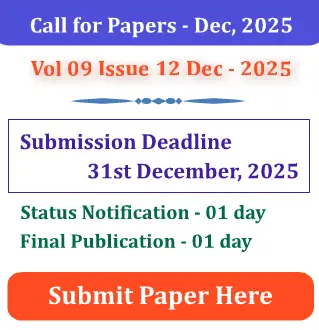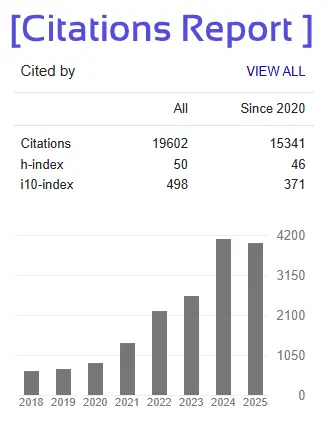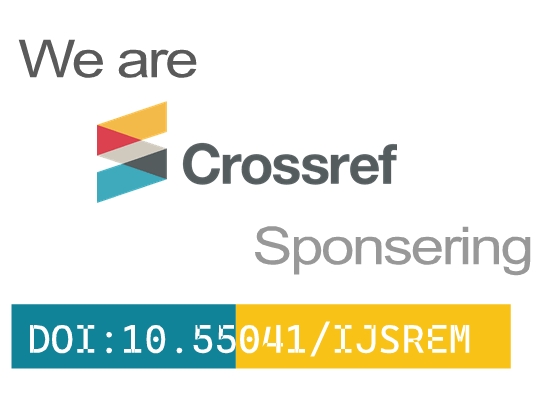Experimental Evaluation of Expansive Soil Stabilized with Ceramic Dust and Phosphogypsum
Kanik1, Anoop Sharma2
1PG student, Dept. of Civil Engineering, Sri Sai College of Engineering& Technology, Badhani, Punjab, India
2Assistant Professor, Dept. of Civil Engineering, Sri Sai College Of Engineering& Technology, Badhani, Punjab, India
anoopsharma777r@gmail.com
kanikchoudhary01@gmail.com
Abstract - In India, expansive soils account for 20% of the country's total land area. These soils inflate (increase in volume) during the winter and shrink (reduce in volume) during the summer. Due to this contradictory behavior, many civil engineering buildings built on expansive soils suffer serious damage, with pavement suffering the most because of their low weight and extensive coverage. Expansive soil stabilization is crucial in order to improve soil strength and lower building costs by making the most use of resources that are already readily available in the area. Through the use of laboratory tests such as Atterberg's limit, Compaction characteristics, Unconfined Compressive Strength and California Bearing Ratio among others, the impacts of Phosphogypsum and Ceramic Dust (CD) on expansive soil were investigated. Phosphogypsum and CD, which ranged in concentration from 10 to 20%with an increment of 5% for Phosphogypsum and 3 to 7 % with an increment of 2% for CD, were added to locally source clayey soil. The analysis of the test findings revealed that the percentages of Phosphogypsum and CD reduced with increasing liquid limit (LL), plasticity index (PI) and optimal moisture content (OMC). With an increase in Phosphogypsum and CD percentage, the plastic limit (PL), maximum dry density (MDD), unconfined compressive strength (UCS), and California bearing ratio (CBR) were all raised. We have deduced from this study that due to the properties of Phosphogypsum, which have a very high lime (CaO) content up to 60% and CD, which have a very high silicon dioxide (SiO2) content, they can be employed as an effective soil treatment for foundations, embankments, and roadways.
Key Words: Compaction test, CBR, UCS, Ceramic Dust, Phosphogypsum







